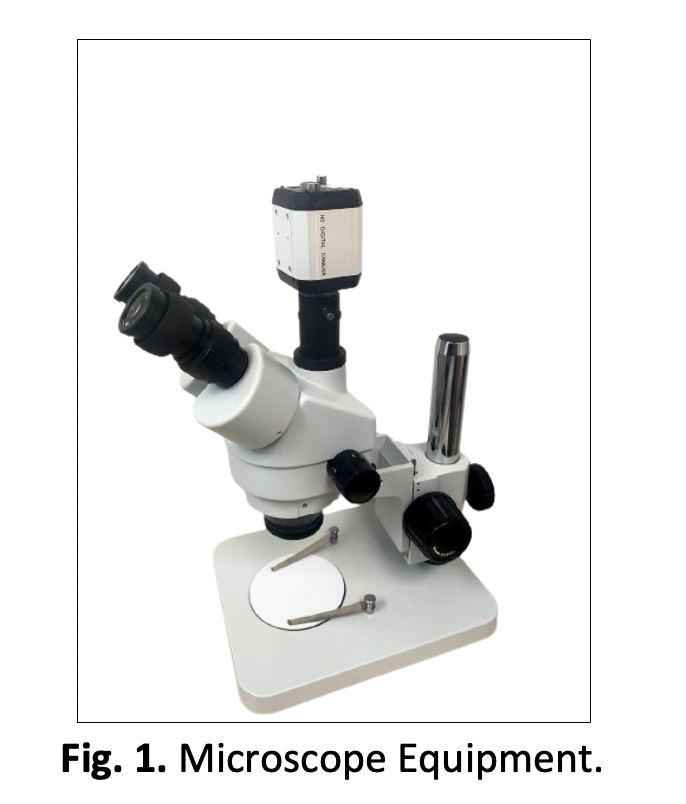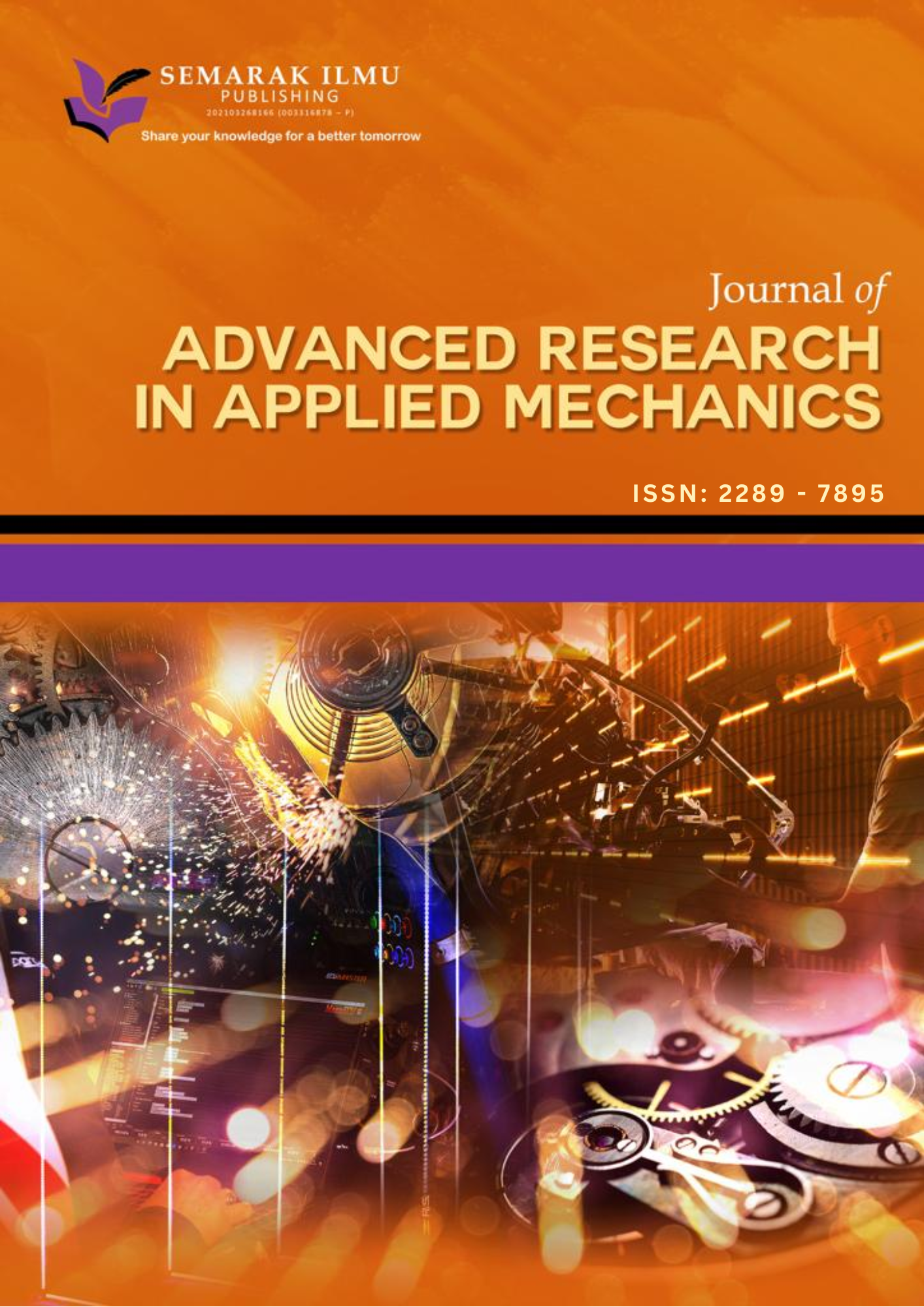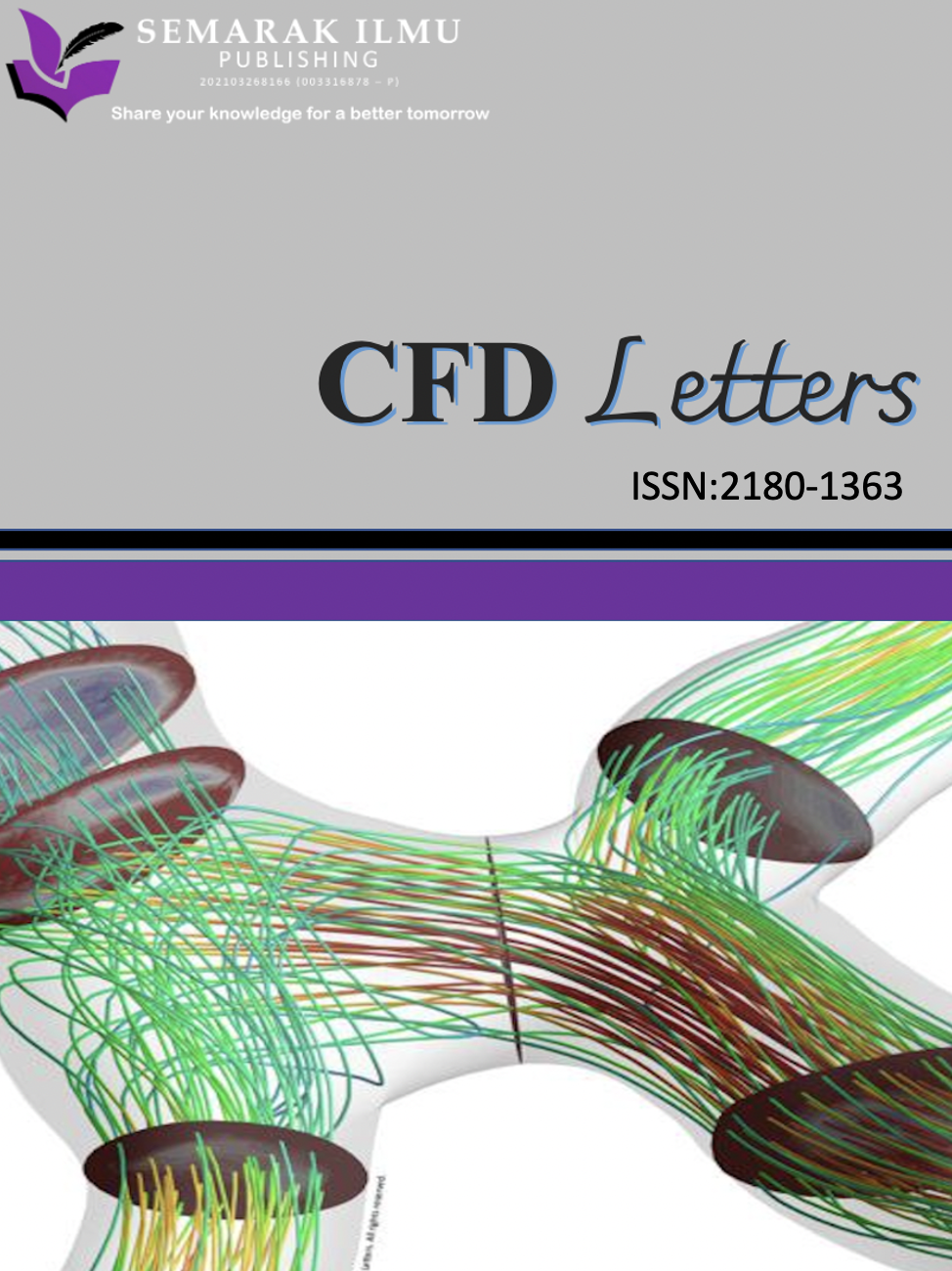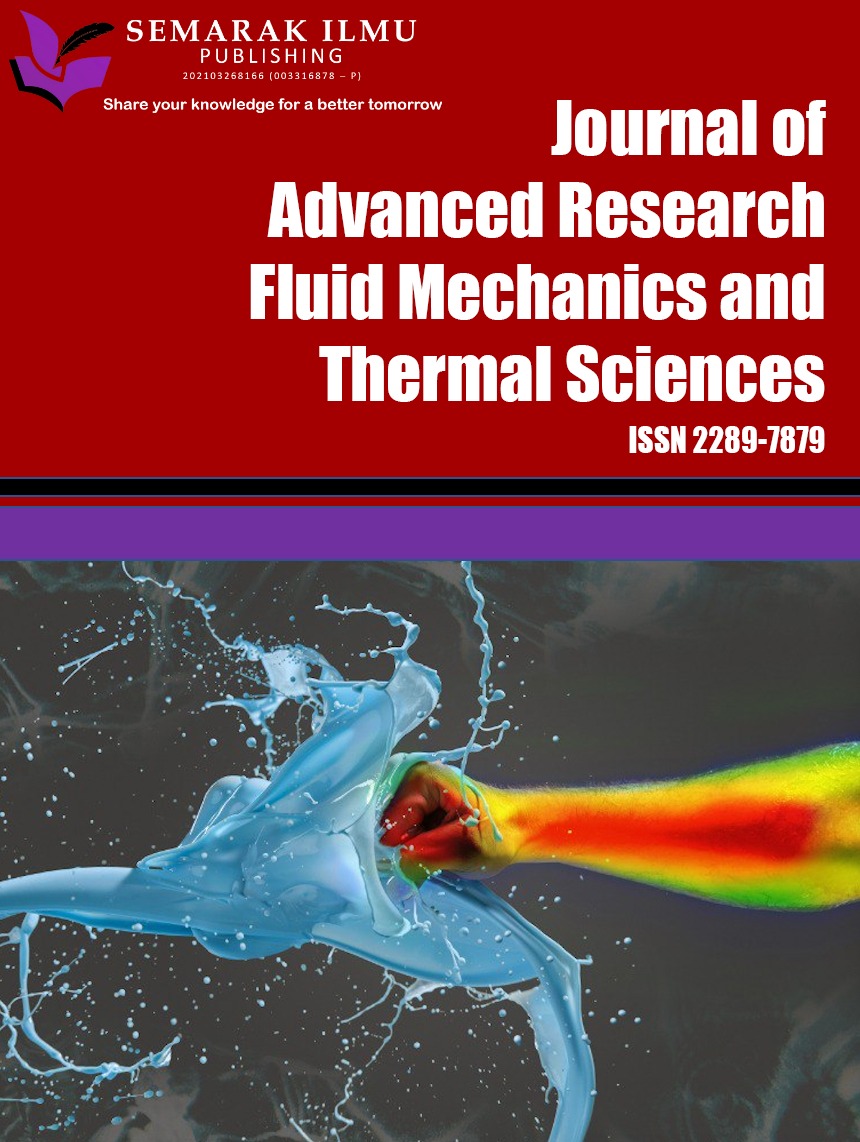Optimizing Classification of Malaysian Plant Species through Comparative Analysis of Edge Detection Methods
Keywords:
Plant species classification, Edge detection algorithms, Convolutional Neural Networks (CNNs), Image pre-processing, Malaysian PlantAbstract
The classification of plant species is a vital aspect of botanical research, biodiversity monitoring, and conservation efforts. This study aims to optimize the classification of Malaysian plant species by conducting a comprehensive comparative analysis of various edge detection methods. This study investigates the optimization of Malaysian plant species classification through a comparative analysis of edge detection methods. Focusing on five distinct species - Murraya koenigii, Citrus aurantiifolia, Pandanus amaryllifolius, Polygonum minus, and Mentha arvensis - the research evaluates the effectiveness of Canny, Roberts, Sobel, and Laplace edge detection algorithms across RGB, grayscale, and pre-processed leaf images. A dataset of high-resolution microscopic leaf images was developed and subjected to various image processing techniques. The study employs Convolutional Neural Networks (CNNs) for classification, assessing performance using precision, recall, and F1-score metrics. Results consistently demonstrate the superiority of the Canny edge detection method across all image types and plant species, with Citrus aurantiifolia exhibiting the highest classification accuracy with F1-score 93%. The research highlights the importance of species-specific considerations in edge detection and emphasizes the potential of adaptive methodologies in improving classification accuracy. These findings contribute to the advancement of automated plant identification systems, with implications for botanical research and biodiversity conservation in Malaysia.
Downloads



















